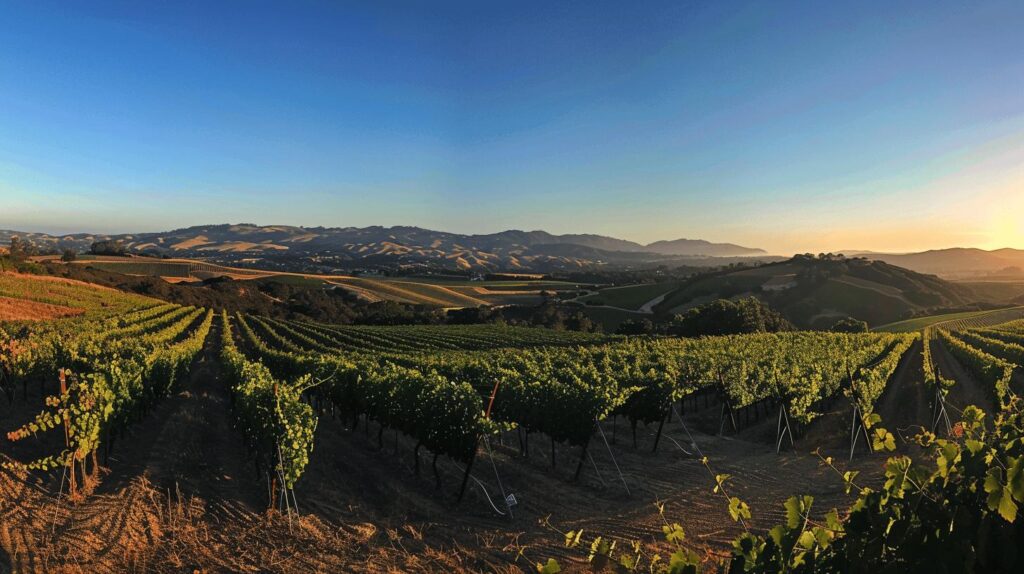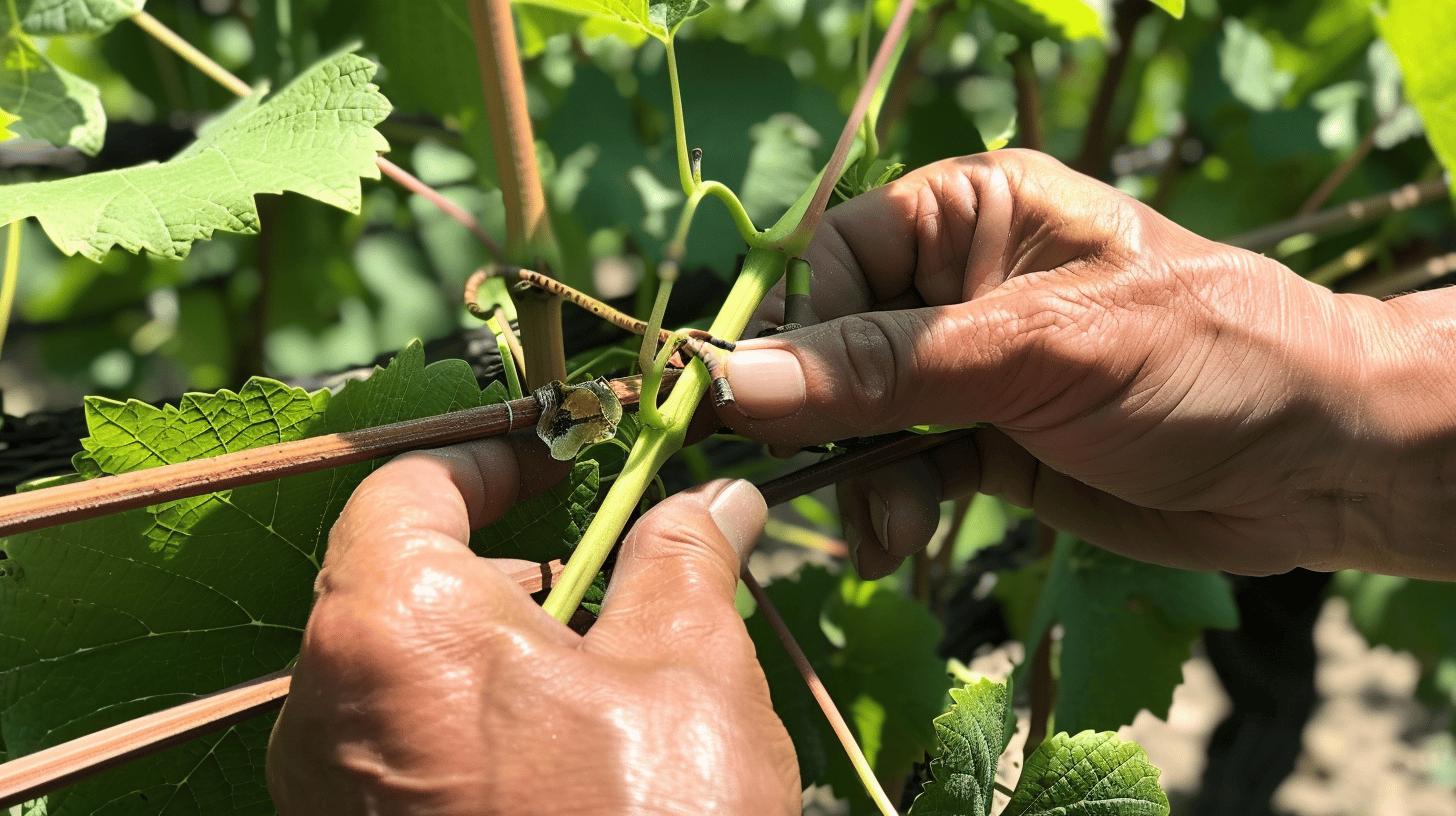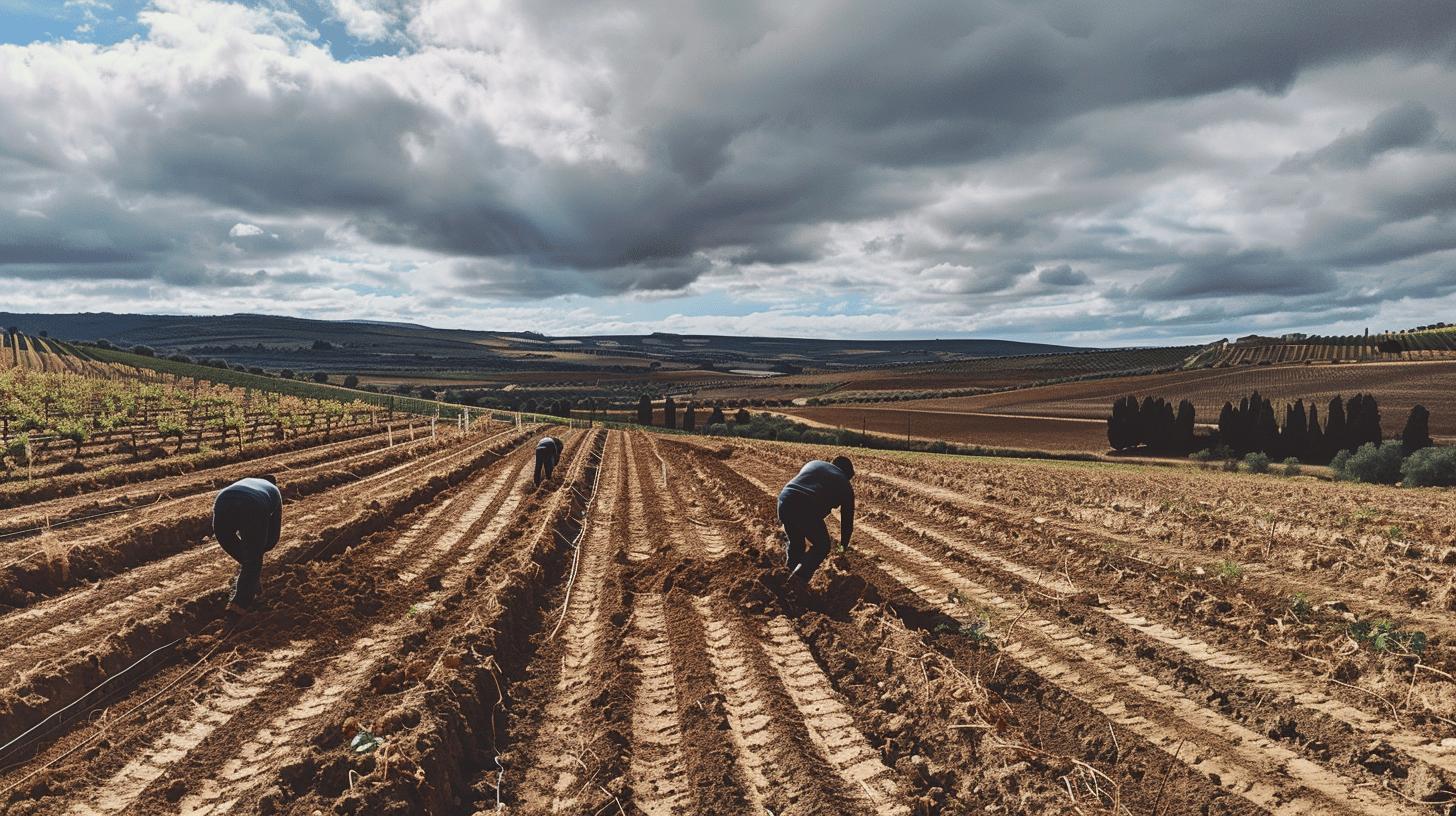Ever wondered how a tiny pest could bring an entire wine industry to its knees? The Phylloxera crisis of the late 19th century did just that, wreaking havoc on vineyards across the globe. Yet, this tiny bug also sparked one of the most profound transformations in the history of winemaking.

The New World wine regions, in particular, underwent dramatic changes in response to this crisis. Here, we’ll explore the origins of Phylloxera, its devastating impact, and how these regions rose from the ashes to create a robust and innovative wine industry.
The Historical Phylloxera Crisis and Its Initial Impact on New World Wine Regions
Phylloxera, a tiny root-eating insect, originated in America and wreaked havoc on European vineyards in the late 19th century. By the 1880s, many of Europe’s best wine regions were almost wiped out. The pest initially spread through Southern France, targeting vineyards in the Rhône Valley before moving to Languedoc, Provence, and eventually Bordeaux. As European winegrowers struggled, the pest made its way to New World regions, bringing similar devastation.
The impact on vineyards was catastrophic. Phylloxera feeds on the roots of grapevines, causing them to wither and die. Between 1863 and 1890, almost 40 percent of French vineyards were destroyed, leading to a dramatic decline in wine production.
New World regions like California, Australia, and South America faced similar challenges. The economic effects were severe, with many wine-producing areas experiencing significant downturns. Wine businesses collapsed, and entire communities were affected, showing how a tiny insect could have such a massive impact.
Immediate economic and agricultural consequences faced by New World wine regions included:
Decrease in vineyard acreage
Loss of grape varieties
Economic downturn in wine-producing areas
Immediate need for vineyard replanting
Research into pest control methods
The Adoption of American Rootstocks: A Turning Point

Faced with the devastation caused by Phylloxera, winegrowers needed a solution. The answer came from across the ocean: American rootstocks. These rootstocks were naturally resistant to the Phylloxera pest.
By 1870, it was confirmed that Phylloxera originated in America, but American grapevines had evolved to withstand its attacks. European vines, on the other hand, lacked this resistance. Grafting European grapevines onto resilient American rootstocks emerged as the only effective way to save the vineyards.
The grafting technique involves joining a European grapevine (the scion) to an American rootstock. This union allows the vine to benefit from the disease-resistant properties of the rootstock while producing the desired grape variety from the scion. This method was adopted widely across New World wine regions, transforming viticulture. The process required precision and skill, but its implementation was crucial for the survival and revival of many vineyards.
| Rootstock | Characteristics |
|---|---|
| Vitis riparia | Excellent Phylloxera resistance, adapts well to various soil types |
| Vitis rupestris | Strong Phylloxera resistance, tolerant to drought conditions |
| Vitis berlandieri | Good Phylloxera resistance, thrives in limestone-rich soils |
| Vitis labrusca | Moderate Phylloxera resistance, used primarily for hybrid varieties |
Post-Phylloxera Viticulture Advancements in New World Wine Regions
The Phylloxera crisis forced winegrowers to rethink vineyard management techniques. One of the first changes was the widespread adoption of grafting methods. By joining European grapevines to American rootstocks, vineyards could resist the pest’s onslaught.
This technique required precision and new levels of expertise among vineyard workers. Additionally, stricter quarantine measures were implemented to prevent further spread of Phylloxera. These changes weren’t just about survival; they laid the groundwork for more sophisticated vineyard management practices.
Technological advancements also played a significant role in post-Phylloxera viticulture. Innovations in vineyard monitoring allowed for precise tracking of vine health and soil conditions. Remote sensing technology and the use of drones gave vineyard managers a bird’s-eye view, enabling them to spot issues before they became problematic. Improved irrigation methods, such as drip irrigation, ensured that vines received the right amount of water, enhancing both grape quality and yield.
These advancements collectively boosted the efficiency and sustainability of vineyards across New World wine regions.
Grafting techniques
Use of chemical treatments
Introduction of pest-resistant grape varieties
Improved irrigation methods
Adoption of sustainable practices
Economic and Social Changes in New World Wine Regions Post-Phylloxera

The Phylloxera crisis had a profound economic impact on New World wine regions. As vineyards were decimated, wine production plummeted, leading to significant financial losses for winegrowers and associated industries. Recovery efforts were swift but challenging. Winegrowers had to replant their vineyards with Phylloxera-resistant rootstocks, a process that required substantial investment and time.
The economic downturn forced many regions to diversify their agricultural practices, incorporating crops other than grapes to sustain their economies. This diversification was crucial in stabilizing the affected areas and provided a safety net against future crises.
Socially, the Phylloxera outbreak led to significant shifts within wine-producing communities. Employment patterns changed as the workforce adapted to new vineyard management techniques and pest control measures. The crisis also spurred increased community cohesion, with winegrowers coming together to share knowledge and resources.
The necessity for advanced viticulture research led to the establishment of research institutions and educational programs, fostering a new generation of viticulturists equipped to handle future challenges. These social changes not only revitalized the industry but also strengthened the community bonds within wine regions.
- Diversification of agricultural practices
- Increased research and development in viticulture
- Rise of wine tourism
- Formation of new wine cooperatives
- Enhanced global trade and export strategies
Success Stories and Innovations in Post-Phylloxera New World Wine Regions
Australia stands out as one of the notable success stories in the aftermath of the Phylloxera crisis. By implementing stringent quarantine measures and maintaining high levels of biosecurity, Australia managed to contain Phylloxera effectively.
This allowed them to preserve a significant percentage of their own-rooted vines, which are highly valued for their unique characteristics. Similarly, California’s wine industry rebounded by adopting American rootstocks and advanced vineyard practices, leading to a revitalization of its vineyards and a boost in wine quality.
Innovative techniques and practices emerged as critical factors in the recovery and transformation of New World wine regions. One of the most significant advancements was the development of advanced vineyard monitoring systems. These systems use remote sensing technology and drones to provide real-time data on vine health, soil conditions, and other critical parameters.
This information helps vineyard managers make informed decisions, optimizing vine care and boosting overall productivity. Additionally, sustainable farming practices gained traction, focusing on long-term soil health and reduced chemical use, which benefited both the environment and grape quality.
Development of phylloxera-resistant grape varieties
Advanced vineyard monitoring systems
Sustainable farming practices
Enhanced irrigation techniques
Use of natural pest deterrents
Adoption of biodynamic farming methods
Final Words
The Phylloxera crisis was a harsh blow to wine regions, severely impacting vineyards and economies. American rootstocks turned the tide, offering the resilience needed for recovery. Post-Phylloxera, technological advancements and improved vineyard practices emerged, reshaping the industry.
Economic diversification and social changes also became part of the transformation. Success stories from regions like Australia and California highlight modern innovations in wine agriculture.
The transformation of New World wine regions post-Phylloxera stands as a testament to human resilience and ingenuity in the face of adversity. Cheers to continued evolution and wine excellence!
FAQ
What was the effect of the phylloxera mite on the wine world?
Phylloxera mites almost wiped out Europe’s best wine regions by the 1880s. Originating in America, these pests devastated vineyards, especially in areas like Southern France, Languedoc, and Bordeaux.
What was the impact of the phylloxera?
The impact of phylloxera included a devastation of nearly 40 percent of French vineyards between 1863 and 1890. This led to a significant downturn in the wine industry and local economies.
How did they prevent phylloxera almost destroyed the wine industry in Europe?
Preventing phylloxera involved grafting European grapevines onto pest-resistant American rootstocks. This method shielded vulnerable vines and ultimately saved Europe’s wine industry from complete collapse.
What role did phylloxera play in the early years of the South African wine industry?
Phylloxera also spread to South Africa, impacting its vineyards. The crisis triggered efforts similar to Europe, including grafting techniques and the adoption of resilient rootstocks to protect the local wine industry.

